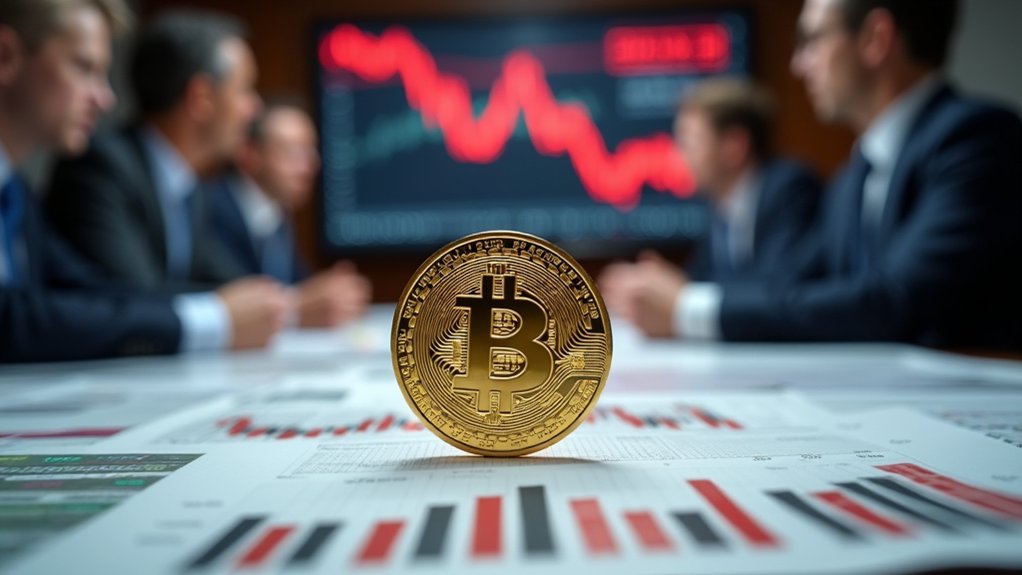In the pantheon of financial innovations, Bitcoin occupies a peculiar throne—one that traditional economists eye with equal measures of fascination and bewilderment. Michael Saylor’s recent Vegas speech crystallized what many have long suspected: Bitcoin represents something fundamentally different from conventional assets, defying the very market norms that govern traditional finance.
The cryptographic architecture underpinning Bitcoin creates what Saylor describes as true incorruptibility—a characteristic absent from traditional assets vulnerable to central authority manipulation. Each transaction becomes immutably recorded on a distributed ledger, secured by a network so vast that altering records would require simultaneously controlling thousands of nodes (a feat roughly equivalent to herding cats with physics degrees). This decentralized consensus mechanism transforms trust from an institutional concept into a mathematical certainty. While Bitcoin pioneered this approach, newer blockchain networks like Kaanch have pushed performance boundaries even further, achieving 1.4 million transactions per second through advanced consensus mechanisms.
Yet accounting standards treat Bitcoin with remarkable obtuseness. Under U.S. GAAP, this revolutionary asset gets classified as an intangible—recorded at cost, subject to impairment writedowns, but never permitted appreciation recognition despite market gains. The irony is delicious: an asset designed to escape traditional financial constraints gets shoehorned into accounting frameworks that fundamentally misrepresent its nature.
Bitcoin’s market behavior further confounds conventional wisdom. While traditional assets dance to institutional rhythms, Bitcoin frequently marches to its own drummer, exhibiting volatility that would make seasoned traders reach for antacids. This independence isn’t a bug—it’s a feature that attracts investors seeking hedges against economic instability and monetary debasement.
The security model represents perhaps Bitcoin’s most radical departure from established norms. Rather than relying on institutions, regulations, or governmental backing, Bitcoin derives trustworthiness from cryptographic proof and distributed verification. Each block contains cryptographic hashes linking to previous blocks, creating an unbreakable chain of mathematical certainty. The network’s design ensures that once verified and locked, these transaction entries become permanently immutable.
Regulatory bodies struggle to categorize this digital anomaly. The IRS treats Bitcoin as property for tax purposes, while securities regulators debate classification frameworks that never anticipated decentralized, mathematically-secured assets. Traditional risk assessment models become nearly useless when applied to an asset whose fundamental value proposition lies in rejecting the very systems those models assume. Tax returns now require mandatory disclosure of digital asset transactions, with the digital assets question appearing across all major federal income tax forms.
Saylor’s Vegas observations illuminate a broader truth: Bitcoin doesn’t just challenge market norms—it renders many of them obsolete.









